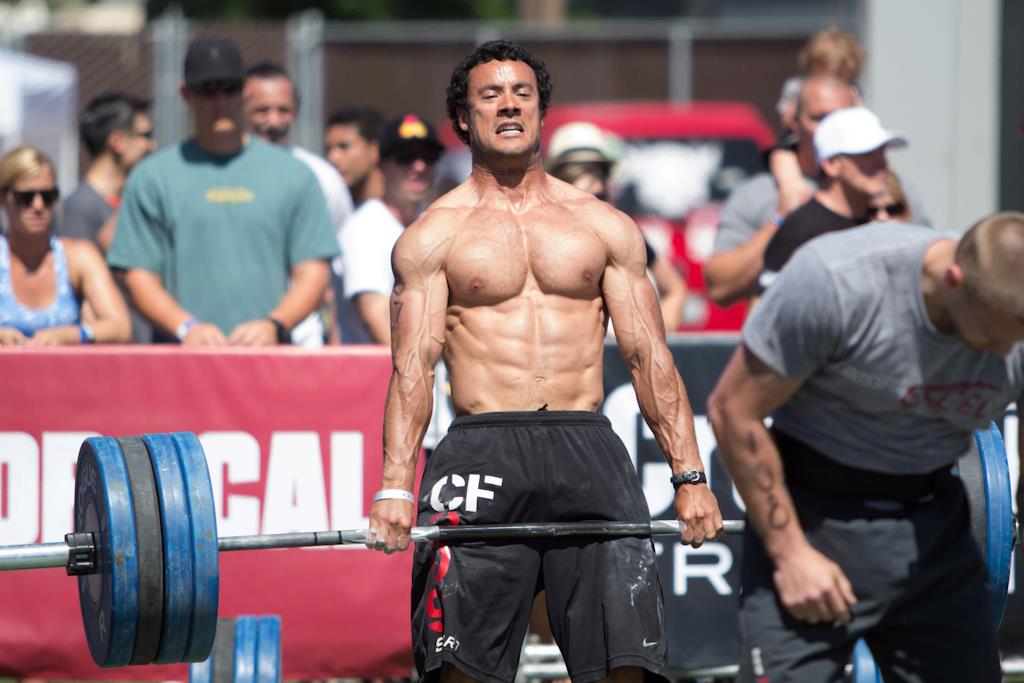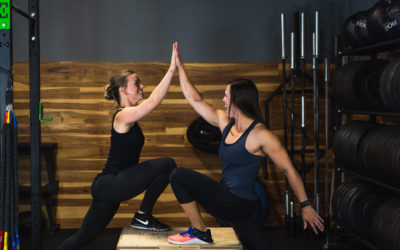Think of it like a race car vs a Honda Civic. Changing the oil every 3000 miles is sufficient to keep a Honda running for 300,000 miles with only a few minor maintenance pieces along the way. A super expensive race car is very fast, but can’t even finish a single race without needing a full overhaul at the end of the event.There is so much information and misinformation available on the internet today. I think it’s important to provide some accurate insight into the differences between eating for health vs eating for performance. There’s no right or wrong here between the two, but I think it’s important that those who are pushing the boundaries of performance recognize that what they are doing is not necessarily good for them physically. Once you’re willing to accept that fact you can place your full effort into training or make the decision to focus on your health.Quality vs Quantity
There are examples of this all over elite athletics. Michael Phelps eating whole pizzas stands out as a fairly well-known example. When you’re an athlete you eat what it takes to get the fuel you need to train and win. If you don’t train like an Olympic swimmer (and don’t have Olympian genetics either), only one thing is going to happen if you eat an entire pizza everyday. You’ll be fat and sick.
Quality vs Quantity
There are examples of this all over elite athletics. Michael Phelps eating whole pizzas stands out as a fairly well-known example. When you’re an athlete you eat what it takes to get the fuel you need to train and win. If you don’t train like an Olympic swimmer (and don’t have Olympian genetics either), only one thing is going to happen if you eat an entire pizza everyday. You’ll be fat and sick.
Macros
The basic tenant behind quantity over quality is macronutrients. Protein, carbohydrates, and fat make up our food as the large molecules we use to fuel energy production. When you train hard you burn glycogen, which is refueled through carbohydrate intake. Muscles are repaired with amino acids (broken down proteins) and fat helps with long-duration sustained activity. The athlete needs to focus on these macros to be sure they are consuming the correct ratio to fuel their athletic endeavors.
Micronutrients
Complicating the issue a bit is the fact that foods contain micronutrients as well as their macro-values. Things like vitamins, minerals, and antioxidants are some examples. These smaller nutrients help with important tasks like managing the immune system, repairing cell membranes and carrying electrical signals in muscles and your brain. Micronutrient dense foods tend to be low in Calories and high in volume. Things like broccoli and peppers take up a lot of space on your plate and in your stomach. If your priority is fueling, you may have to skip out on some nutrients to get your energy.
Supplements
This is where supplements come in for the athlete. If you aren’t eating vegetables in every meal of the day you are no doubt nutrient deficient. The average exerciser focused on health should get their nutrients from their food. In athletics you’re in the position where you need to provide nutrients from alternate sources. Multivitamins, pre and post-workout drinks, creatine and the like are staples in every serious athlete’s routine.
Nutrient Timing
If you’re just trying to be healthy your exercise shouldn’t warrant anything more complicated than not exercising on a full stomach. Just take a look at the blue zones where people commonly live to be over 100 years old. They work in the garden, drink wine, have tight social networks with low stress and have the longest life spans of all humans independent of complex dietary protocols. If you’re training hard, or multiple times per day, you’ll need to make sure you refuel between workouts so you can make the most of your training. Recovering and prepping your system is a full time responsibility that must be honored in order to make gains.
Recognizing the difference between performance and health is integral to our approach to exercise and nutrition. If you truly just want to be healthy you need to eat tons of vegetables, quality protein, and healthy fat with a moderate exercise routine. There’s argument over whether or not you really need supplements to be healthy and I lean heavily towards getting nutrition from food before supplements. Athletes on the other hand have to do what it takes to be competitive. In many cases this means sacrificing, or taking a second best approach to nutrients in the pursuit of their goals. As I said before there’s no right or wrong, but it is a choice you should make consciously. If you want to experience the glory of competition, you had better be prepared to accept the responsibilities and the consequences that go with it.






